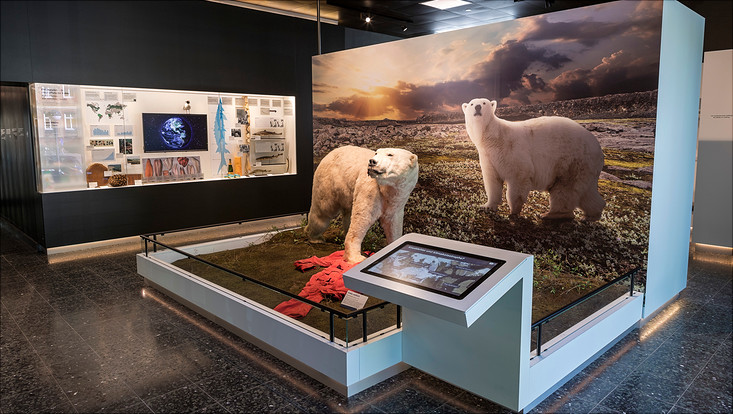Museum of Nature - Zoology
Dear visitors of the Museum of Nature Hamburg,
Groups of 7 or more must pre-register by phone or email. Guided tours can be booked at: www.museumsdienst-hamburg.de
There are many fascinating taxidermy exhibits on 2,000 square meters. From giant whale skeletons to tiny insects, animals from all over the world can be discovered in all sizes, shapes and colors. Even bears, tigers or crocodiles can be seen up close. The entrance area is dedicated to the Anthropocene and shows how great the influence of man on our environment and habitats is. The museum's extensive offerings include changing special exhibitions on current topics, lectures, events and diverse educational programs - for people of all ages.












